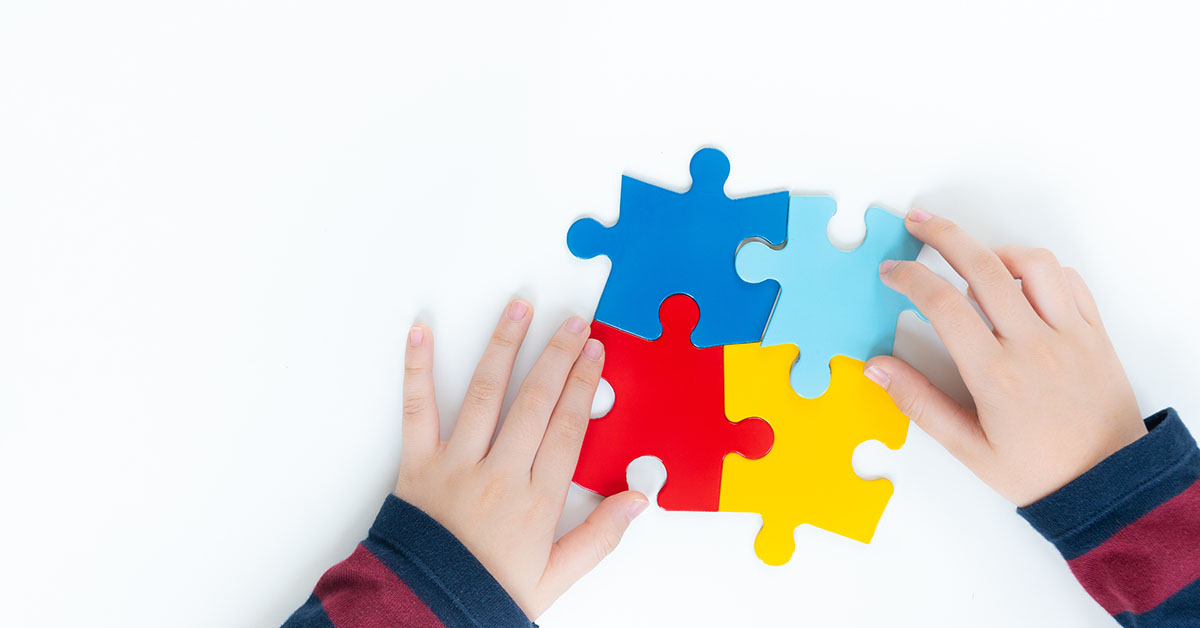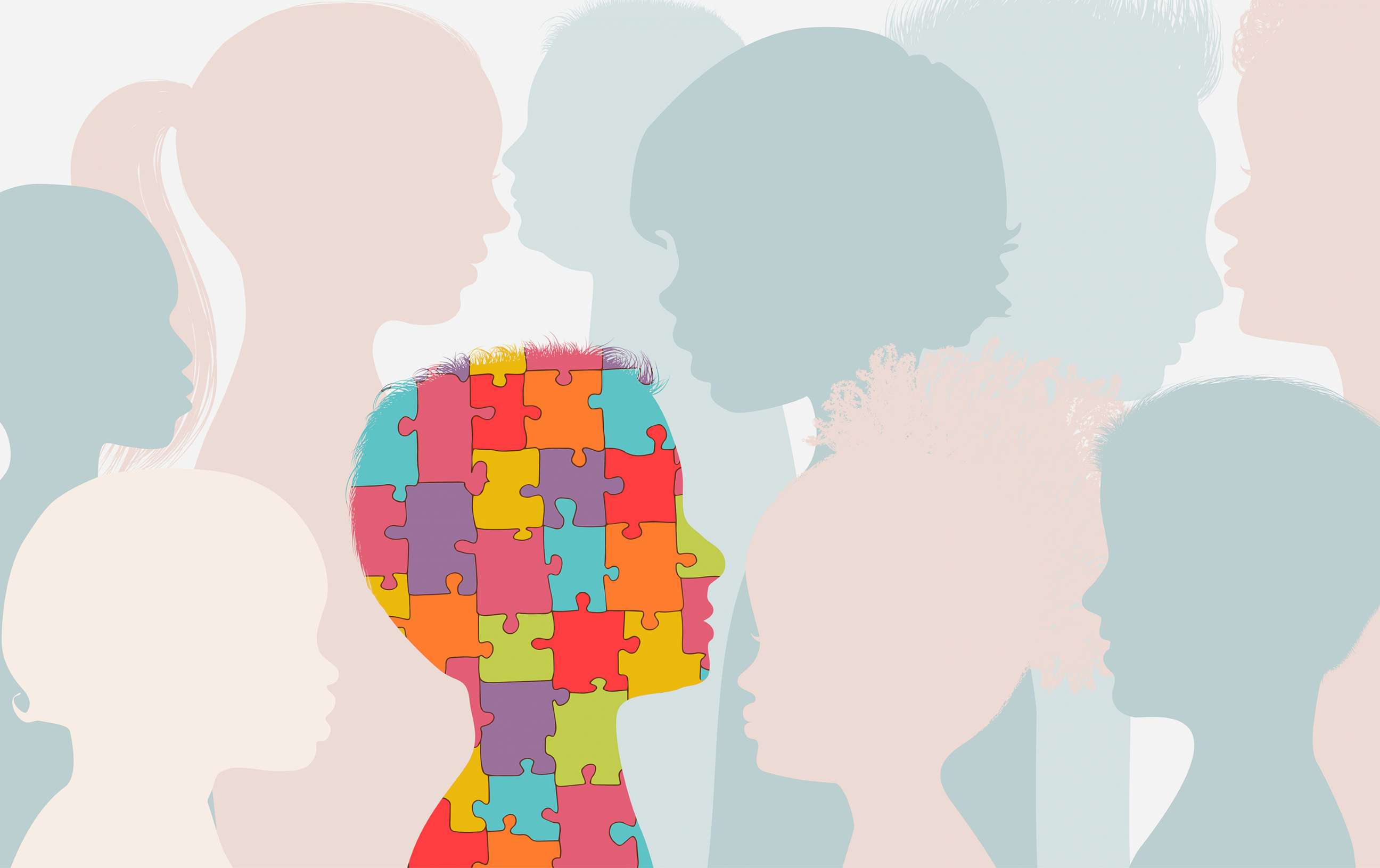The Relevance of Family Members Assistance in the Trip with Autism
The Relevance of Family Members Assistance in the Trip with Autism
Blog Article
Checking Out Autism: Methods for Reliable Interaction and Communication
Reliable communication and interaction with individuals on the autism spectrum necessitate a detailed understanding of their distinct requirements and preferences. Methods such as utilizing clear language, using aesthetic supports, and promoting consistent routines can significantly improve engagement and minimize anxiousness. Furthermore, acknowledging the value of non-verbal hints and shared interests leads the means for purposeful links. The complexities of these methods disclose more considerations that warrant expedition, especially in how they can be adjusted to diverse contexts and individual experiences. What might these adaptations look like in technique?
Understanding Autism Range Disorder
Autism Spectrum Problem (ASD) encompasses a variety of neurodevelopmental conditions identified by difficulties in social communication, communication, and recurring behaviors. The term "spectrum" reflects the diverse indications and varying degrees of extent experienced by individuals with ASD. While some might show significant problems, others might display high-functioning qualities, enabling higher freedom in every day life.
The beginning of ASD typically happens in very early childhood years, with signs commonly well-known by age two. Early indications might consist of delayed speech advancement, restricted eye get in touch with, and troubles in understanding social cues. Although the exact etiology of ASD continues to be unclear, research suggests a combination of genetic and ecological variables plays an important function in its advancement.
As a result, interventions and assistance tailored to specific demands are necessary for promoting communication and social skills. Acknowledging the complexity of ASD is important for promoting recognition, acceptance, and effective approaches that assist in meaningful communications with people on the spectrum.

Value of Clear Interaction
Efficient communication is crucial for cultivating understanding and link, especially for individuals with Autism Spectrum Problem (ASD) Clear interaction not only helps with social interactions but additionally boosts the person's ability to express their ideas, needs, and feelings. For people with ASD, the nuances of language can frequently be challenging; consequently, making use of simple and unambiguous language is essential.
In addition, clear communication helps in reducing irritation and anxiety that might develop from misunderstandings. When messages are communicated in a constant and direct way, individuals with ASD are much better equipped to translate information properly, which can considerably boost their social engagement and engagement in various setups.
Establishing routines and using aesthetic assistances can even more strengthen clear communication. These methods provide individuals with predictable structures that assist comprehension and retention of information. Furthermore, proactively being and listening person during interactions advertises an encouraging environment where individuals with ASD really feel valued and recognized.
Eventually, focusing on clear interaction not only equips people with ASD yet also fosters more significant links with their peers, caretakers, and the bigger community, paving the method for comprehensive communications and collaborative relationships. - autism
Non-Verbal Interaction Strategies
Interaction extends beyond words, and for individuals with Autism Range Condition (ASD), non-verbal signs play a substantial duty in communications. Non-verbal communication methods can include faces, gestures, body language, and eye get in touch with, every one of which work as crucial parts for sharing feelings and purposes.
Recognizing and analyzing these non-verbal signals can boost communications with individuals with ASD. A warm smile or open position can create a welcoming atmosphere, urging involvement. Making use of visual help-- such as picture cards or signs-- can bridge communication gaps and aid communicate messages more successfully.
It is likewise crucial to be mindful of personal space, as people with ASD might have various comfort levels regarding closeness. Observing their reactions to physical closeness can educate suitable changes.

Creating Encouraging Atmospheres
Producing a supportive setting is critical for promoting positive communications and improving the well-being of people with Autism Spectrum Disorder (ASD) Such settings can substantially decrease anxiety and produce a sense of safety and security, enabling people to reveal themselves more openly.
To accomplish this, it is important to take into consideration sensory sensitivities that people with ASD may experience. Modifying the physical area to include soft illumination, minimal history sound, and comfortable seats can produce a relaxing environment. try this In addition, using regular routines and clear aesthetic timetables can assist people anticipate shifts and reduce uncertainty, more promoting convenience.
Social rooms ought to be structured to decrease overwhelming stimulations while providing chances for involvement in preferred activities. Promoting areas assigned for silent time can also work as a haven throughout moments of anxiety. Notably, incorporating aspects of selection encourages individuals, enabling them to work out go firm in their environment.

Urging Social Interactions
Cultivating social interactions amongst people with Autism Spectrum Problem (ASD) requires willful techniques that focus on comfort and interaction. Establishing foreseeable regimens can help lower anxiety, making social setups more approachable. Developing structured settings with specified responsibilities and functions permits individuals to engage without the overwhelming stress of disorganized social dynamics.
Integrating passions and strengths into social tasks can offer as a catalyst for interaction. Organizing team tasks around shared hobbies or topics of fascination can assist in all-natural discussions and links. Additionally, utilizing visual supports, such as pictorial schedules or social scripts, can aid in comprehending social hints and assumptions.
Designing proper social actions is crucial - autism. Adults and peers should demonstrate effective communication techniques, including active listening and turn-taking. Role-playing scenarios can also provide a safe space for individuals to practice these abilities
Last but not least, cultivating peer partnerships through comprehensive methods is essential. Urging inclusive playdates or group trips can produce opportunities for socialization in a comfortable setup. By applying these teachers, caregivers and approaches can dramatically boost social interactions for individuals with ASD, advertising their general social development and health.
Conclusion
To conclude, look at these guys efficient communication and communication techniques are vital for supporting people with Autism Range Condition. Stressing clear language, integrating non-verbal signs, and establishing foreseeable routines substantially enhance involvement and reduce stress and anxiety. Creating helpful settings fosters secure social interactions, while motivating shared passions helps with significant links. Ultimately, these methods encourage individuals with autism to browse social landscapes, advertising their overall wellness and allowing the growth of long lasting connections.
Efficient communication and interaction with individuals on the autism spectrum demand a detailed understanding of their distinct requirements and preferences. Clear communication not only assists in social communications yet also enhances the individual's ability to express their ideas, feelings, and requirements.Promoting social communications among individuals with Autism Spectrum Problem (ASD) calls for willful approaches that focus on comfort and engagement. By carrying out these caregivers, strategies and educators can substantially improve social interactions for people with ASD, promoting their total social growth and wellness.
In conclusion, reliable communication and communication methods are vital for supporting people with Autism Spectrum Condition.
Report this page